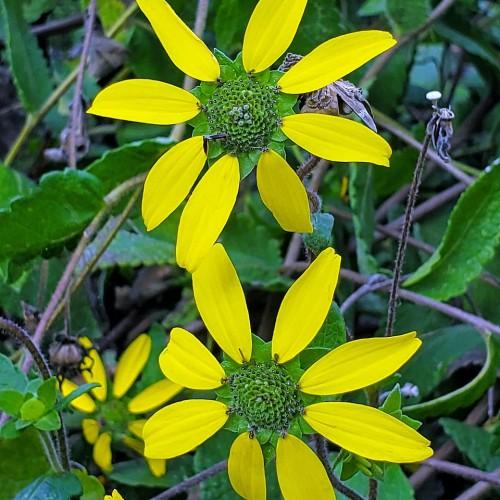
green eyes
Berlandiera texana
Cycle:
Herbaceous Perennial
Watering:
Minimum
Hardiness Zone:
6 - 8
Flowers:
Flowers
Sun:
Full sun
Fruits:
Fruits Ready In Fall
Leaf:
Yes
Growth Rate:
Low
Maintenance:
Low
Drought Tolerant:
Yes
Salt Tolerant:
Yes
Care Level:
Medium
watering
Green Eyes requires moderate watering--about once or twice per week, depending on the temperature and soil conditions. During warmer months, they should be watered deeply once a week to ensure they're receiving enough moisture. During cooler months, water them just enough to keep the soil moist, without letting it get soggy. It's important to avoid overwatering this plant species, as this can cause root rot and other damage.
sunlight
Green eyes (Berlandiera texana) is a plant species that requires full sun to thrive. It needs 6-8 hours of direct sunlight daily, so it should be placed in a sunny spot or in a room with lots of bright light. Sunlight is essential for photosynthesis, which helps the plant to produce energy and allow it to grow and flower. Additionally, sunlight provides other essential nutrients and minerals to the soil that help the roots take up water properly. During hot summer months, green eyes may benefit from some midday shade to protect it from scorching sun exposure.
pruning
Green Eyes (Berlandiera texana) should be pruned back lightly every 6-8 weeks throughout the growing season (April to September) to remove dead or damaged foliage, and keep the plant’s shape. Pruning should be minimal, as over-pruning may reduce flowering. Wood that is over a year old should be pruned to 1/3 of its original size. This will help promote a bushier plant with increased flowering. Deadheading, or removing spent flowers, will also help promote new growth.
